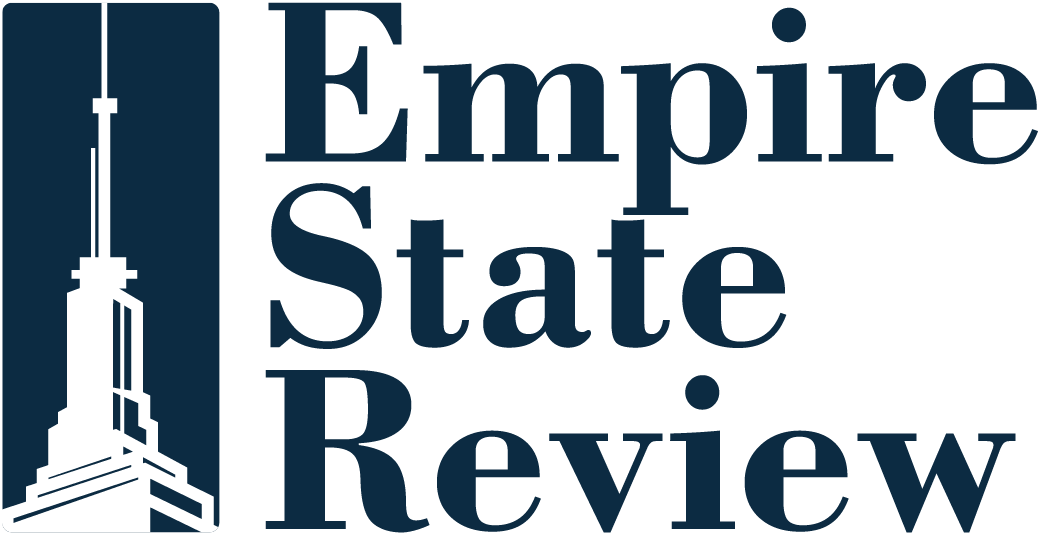USPS Proposes Rate Hike Ahead of Summer 2025
WASHINGTON – The United States Postal Service (USPS) is seeking approval for a significant rate increase that could go into effect on July 13, 2025. This move comes as part of the agency’s ongoing effort to achieve financial stability amid changing market conditions.
Details of the Proposed Rate Increase
The USPS has filed a request with the Postal Regulatory Commission (PRC) to implement an overall price increase of approximately 7.4% across various mailing services. Key features of the proposed rate adjustments include:
- The price of a First-Class Mail Forever stamp would rise from 73 cents to 78 cents.
- Letters weighing one ounce will cost 78 cents, while metered letters will be priced at 74 cents.
- Domestic postcards are projected to increase to 62 cents.
- International postcards and one-ounce international letters are also slated to rise, both costing $1.70 under the new proposal.
- The charge for each additional ounce for single-piece letters will go from 28 cents to 29 cents.
Additionally, the USPS plans to decrease the price of postal insurance by 12% when mailing items, marking a strategic move to enhance service offerings alongside the price increases.
Rationale Behind the Adjustments
According to an official statement from the USPS, “As changes in the mailing and shipping marketplace continue, these price adjustments are needed to achieve the financial stability sought by the organization’s Delivering for America 10-year plan.” The USPS emphasizes that its prices will still remain among the most affordable globally.
The Next Steps
The proposed rate hikes await approval from the PRC, which will review the changes before they can be implemented. Stakeholders and consumers are encouraged to stay informed about these developments as the timeline progresses.
Conclusion
The intended price adjustments reflect the USPS’s broader strategies to adapt to evolving market demands while ensuring its long-term financial health. With the price changes set to impact consumers, it remains crucial for the public to be aware of these adjustments in advance of their implementation.

